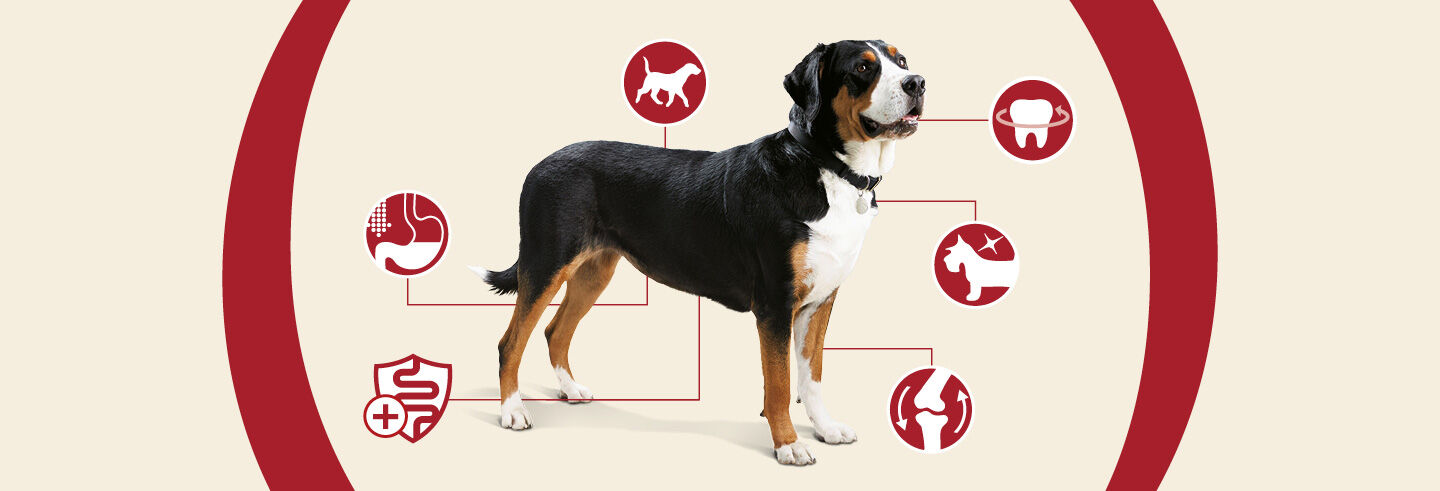Switching your dog’s food may be necessary at some point in their life, whether due to health reasons, nutritional needs, or simply because they’ve lost interest in their usual diet. However, sudden changes can cause digestive discomfort. To ensure a smooth transition, it’s essential to introduce the new food gradually over time.
Why switch dog food?
There are several reasons why pet owners may need to change their dog’s food. Some of the most common include:
- Age-related nutritional needs – Puppies, adult dogs, and senior dogs have different dietary requirements. As dogs grow, their bodies need different nutrients to support their development and overall well-being.
- Health conditions – Some medical conditions, such as food allergies, digestive issues, or joint problems, may require a specialized diet. A vet may recommend a food change to better support your dog’s health.
- Picky eating habits – While some dogs happily eat the same food for years, others can become fussy and lose interest in their usual meals. Introducing a new formula may help keep them engaged.
- Food availability or preference changes – Sometimes, a favorite brand or formula may no longer be available, requiring owners to find a suitable alternative.
No matter the reason, transitioning properly is crucial to avoid upsetting your dog’s stomach.
How to make the switch gradually?
Purina ONE Dog recommends a slow transition is the best way to help your dog’s digestive system adjust to a new food. This process allows their gut to naturally adapt to different ingredients and nutrient compositions. Follow this step-by-step transition plan over 7 to 10 days:
- Day 1: Mix 10% new food with 90% of the current food.
- Day 2: Adjust the ratio to 20% new and 80% old.
- Day 3: Increase to 30% new and 70% old.
- Day 4: Mix 40% new food with 60% old food.
- Day 5: Move to a 50/50 split between the new and old food.
- Day 6: Feed 60% new food and 40% old food.
- Day 7: Increase to 70% new and 30% old.
- Day 8: Move to 80% new and 20% old.
- Day 9: Feed 90% new food and just 10% of the old.
- Day 10: Your dog should now be eating only the new food.
Some dogs may require more time, especially if they have sensitive stomachs. If you notice persistent digestive issues, slow down the transition process and consult your veterinarian if needed.
Special Dietary Transitions
Switching from Wet to Dry Food; If moving from canned food to kibble, ensure your dog has plenty of fresh water at all times. Dry food contains significantly less moisture, so hydration is key. Some dogs may also prefer their dry food slightly softened with warm water during the transition.
Moving from Puppy to Adult Food; Puppies typically transition to adult food between 12 and 24 months, depending on their breed. Larger breeds take longer to mature, so it’s important not to switch too soon. Always choose a formula that supports their growth stage.
Transitioning to Senior Food; Once dogs reach around seven years old, they benefit from senior-specific diets that contain optimized nutrients to support aging joints, digestion, and energy levels. Choosing a high-quality senior food can help maintain their health as they get older.
By taking a gradual approach to switching foods, you can help your dog enjoy their new diet without digestive issues.







